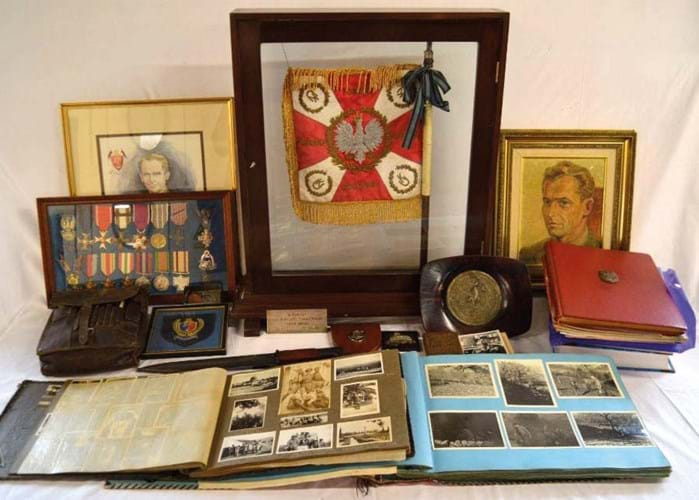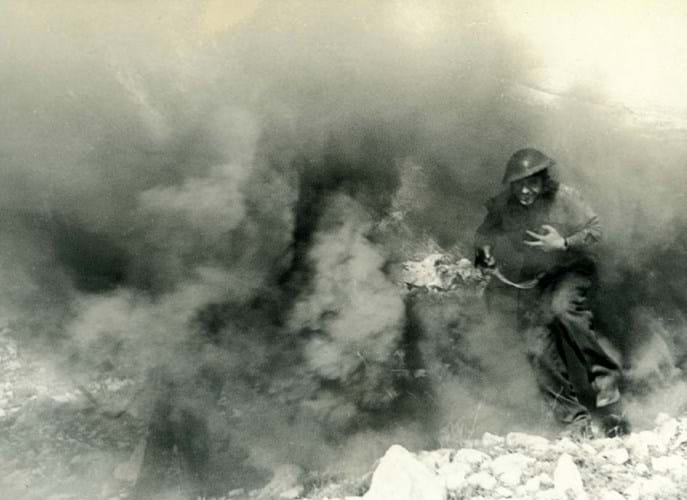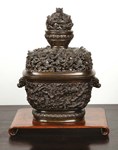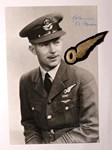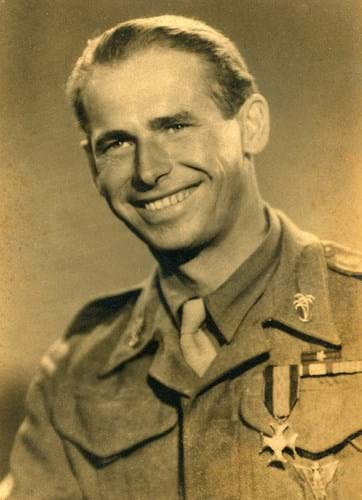
When Poland was invaded and occupied by Nazi Germany and the Soviet Union in the Second World War the fight was far from over for many thousands of Polish military personnel.
The story of pilots serving in the RAF is well known but on the ground their fellow countrymen made a valuable contribution to the Allied war effort.
One of them was the late Captain Vicenty (Wincenty) Tomaszewski, whose extensive service through the war including north Africa and Italy was underlined by a remarkable collection offered at Louth, Lincolnshire, auction house John Taylors (18% buyer’s premium) on October 11 estimated at £4000-6000.
It sold for £8200 to an American museum which wishes to stay anonymous.
Comprehensive record
Consigned by family descent, this collection formed a comprehensive record of his military service.
It comprised cased medals, two uniforms, bayonet, cased small regimental flag and two photograph albums and other documents relating to the war, along with two portraits of the captain and much more such as original campaign maps, various souvenirs taken from defeated Nazi soldiers and German propaganda leaflets.
The saleroom described Tomaszewski ‘of the Polish Carpathian Lancers’. A Polish independent unit, Independent Carpathian Rifle Brigade – about 4000 strong – was originally formed in the French territory of Syria to continue the fight after escaping their country to the Middle East via the Carpathian mountains. The lancer regiment consisted of about 500 exiles and was later incorporated into the 3rd Carpathian Rifle Division, 2nd Polish Corps of General Ander.
Forced out of Syria when Vichy France came into being, the Polish forces moved to Palestine, then under British control. The cavalrymen initially patrolled on horseback in Egypt before reluctantly becoming a motorised regiment in 1941. They had been the last regular cavalry regiment to see action in the Second World War apart from some Soviet mounted units on the eastern front.
James Laverack of John Taylors said: “They were part of the forces that successfully defended Tobruk during the eight-month siege in 1941, fought in the Battle of El Alamein and served in the front line in the Italian campaign, most notably during the savage four-month long battle of Monte Cassino that saw hand-to-hand fighting and the occasion when the Poles threw rocks at the Germans after they ran out of ammunition.”
Captain Tomaszewski, who was a second lieutenant commanding a platoon in the final assault on the historic hilltop abbey, later recalled: “I went up there with 32 men and came out with only seven – the rest were either wounded or dead.”
Along with regular British campaign medals for service in Africa and Italy, and a Tobruk Siege 1941 honour, the lot included The War Order of Virturi Militari, The Order of Polonia Restituta, Cross of Valour and Cross of Merit.
The Polish Order of the Virtuti Militari was established in 1792 by King Stanislaw August Poniatowski to recognise and reward outstanding military valour above and beyond the call of duty. One of the oldest such decorations in the world, it is Poland’s highest decoration for heroism. The Order of Polonia Restituta dates from 1921. Both are awarded in several classes.
Due to Poland’s turbulent history its military honours have, however, gone through many changes over the years.
Post-war, the units were demobilised and some based in a former Italian prisoner of war camp on the edge of Grimsby. Given the choice of staying in the UK or returning to a Poland occupied by the Soviets, nearly all decided to remain – around a thousand in Grimsby.
Tomaszewski (who died in 1985) married a local girl, returned to his trade of motor mechanic and became the owner of a large local garage.


